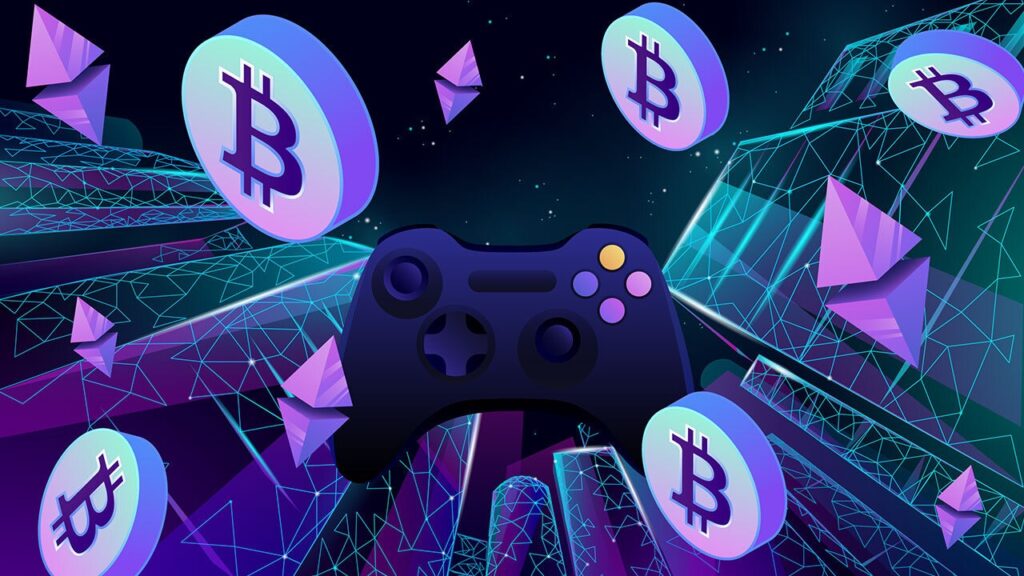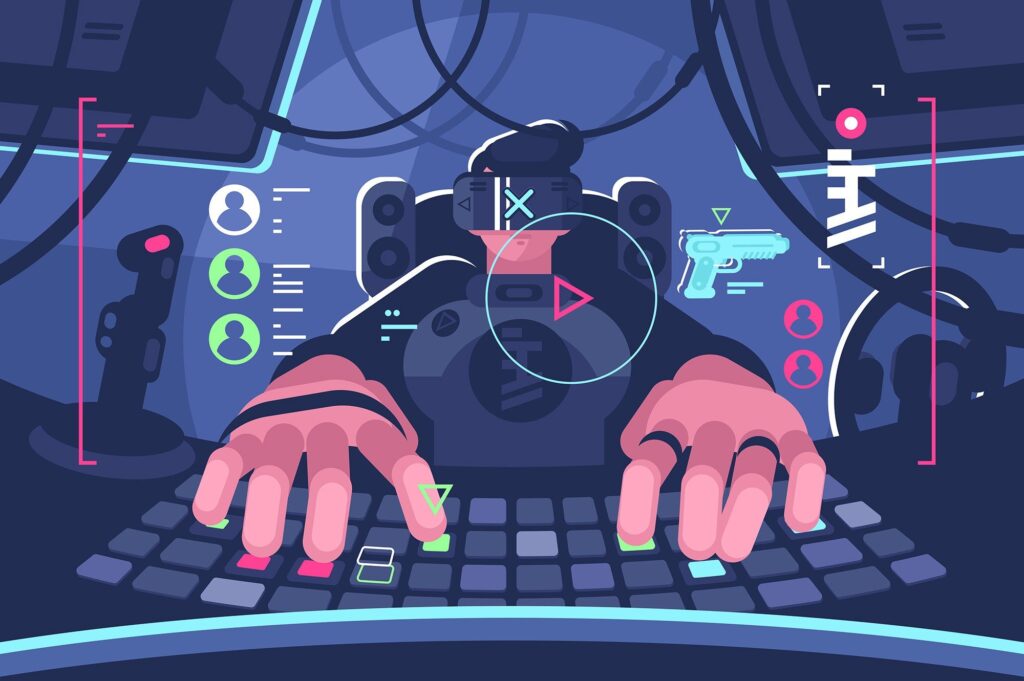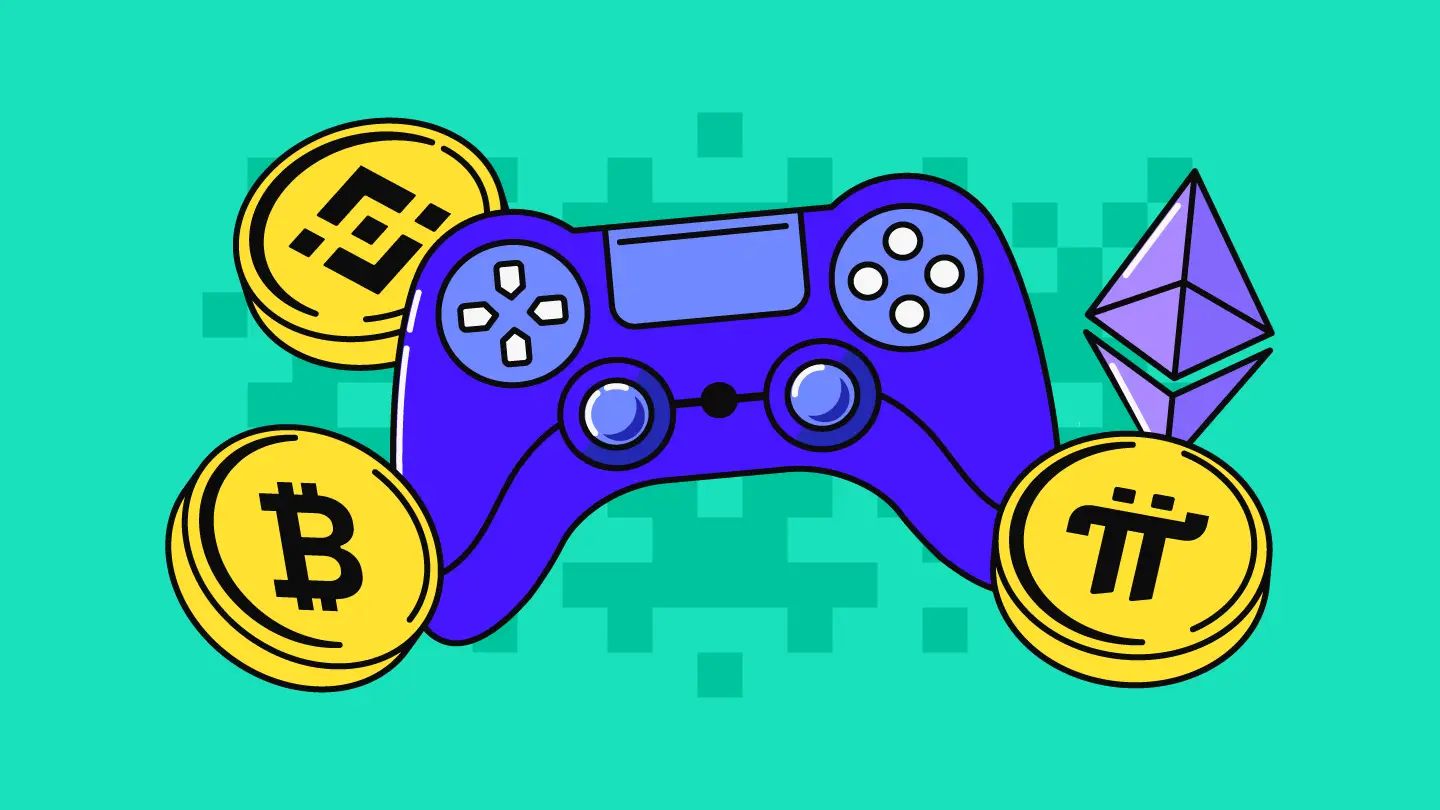The world of gaming is experiencing a revolution with the introduction of blockchain technology. Since the rise of cryptocurrencies and decentralized finance (DeFi), one particular aspect that’s been capturing the imagination of both gamers and investors alike is the Play-to-Earn (P2E) model. In its initial form, the P2E model opened new revenue streams for players, allowing them to earn in-game assets, cryptocurrency, or NFTs that could be sold or traded for real-world value. However, early versions of P2E often felt like a gimmick—a monetized loop that focused too heavily on earnings and not enough on gameplay or user experience.
Enter Crypto Gaming 2.0—a new wave of blockchain-based games that are bringing back the Play-to-Earn model, but with a crucial twist: real user experience (UX). This second generation of crypto gaming is focused on creating deeply immersive, fun, and engaging experiences, while still allowing players to earn from their time spent in-game. Here’s how this next evolution in gaming is shaking things up, and why it matters for both gamers and developers alike.
The Rise and Fall of the First P2E Era
The first wave of P2E games often prioritized earning potential over user experience. While some games like Axie Infinity managed to attract a large player base by offering players the chance to earn substantial amounts of money, they also revealed significant limitations. In many cases, the core gameplay was not engaging or enjoyable enough to keep players invested in the long run. Players were driven more by the potential of financial gains than the pleasure of playing the game itself.
In addition, the early P2E games struggled with issues related to scalability, transaction fees, and complexity. The process of acquiring, trading, and selling NFTs or in-game assets was often cumbersome and unclear for many players, leading to frustration and a fragmented user experience.
Crypto Gaming 2.0: A Shift Toward Quality and Engagement

Crypto Gaming 2.0 is the next phase in the evolution of blockchain-based games. This new era is not just about making games that are “play-to-earn”; it’s about creating games that people actually want to play. The developers behind these games are now prioritizing immersive game mechanics, high-quality graphics, and intricate storylines—while still integrating the P2E aspect in a way that enhances the experience rather than detracts from it.
1. User-Centric Game Design
A fundamental shift in Crypto Gaming 2.0 is the focus on user-centric design. This means that the gaming experience is no longer dictated by the need to earn. Instead, players will be immersed in games that feel like traditional video games, complete with engaging mechanics, stories, and social experiences. Games will include features like skill progression, quest lines, and player-versus-player (PvP) combat, all of which are central to what players want in a game. The idea is that players should have fun first and earn as a secondary benefit.
For example, many new crypto games are incorporating elements of traditional gaming like role-playing games (RPGs) or massively multiplayer online games (MMOs) that involve skill-based progression. Players can earn valuable assets by engaging in these activities, whether it’s winning a tournament or completing a challenging mission. The emphasis is on gameplay depth and quality over quick financial rewards.
2. Seamless Integration of NFTs and Blockchain
Another key element of Crypto Gaming 2.0 is the seamless integration of blockchain technology. Rather than treating NFTs and cryptocurrency as separate, alien elements within a game, developers are now finding ways to make them intrinsic to the gaming experience. This could mean using NFTs to represent rare in-game items, land, or characters that can be traded, leveled up, and used to enhance the gameplay.
Smart contract technology, which underpins blockchain, enables these features to work in the background, ensuring transparency and security. Players can own in-game assets, trade them with other players, and have a real stake in the economy of the game world. This is the core of the “Play-to-Earn” ethos, but with the benefit of a system that feels both fun and fair.
3. Improved User Experience (UX)
The most important shift in Crypto Gaming 2.0 is undoubtedly in user experience (UX). Early P2E games often had clunky interfaces and convoluted systems for trading and acquiring NFTs, making them inaccessible for non-crypto-savvy players. This discouraged a wide range of gamers from diving into the space.
With Crypto Gaming 2.0, developers are making a concerted effort to make the integration of blockchain as invisible as possible to the player. In these new games, players don’t need to be familiar with the technical intricacies of wallets, gas fees, or cryptocurrency. They simply play the game and enjoy the experience. Blockchain is the backbone that supports the economy of the game, but it no longer dominates the player’s experience.
For example, games might use built-in wallets that automatically handle transactions behind the scenes, or use layer-2 solutions to reduce transaction costs. This makes it much easier for players to engage with the game without needing to understand the underlying technology. It’s an essential shift, making blockchain gaming accessible to the masses.
4. Collaborative Economies and Virtual Communities
Another exciting development in Crypto Gaming 2.0 is the focus on collaborative economies. Players are now able to earn not just by playing alone, but also by interacting with other players in meaningful ways. Virtual economies within games are becoming increasingly complex, where players can work together to mine resources, create items, or even govern the game world.
Guilds and other forms of player-led organizations are growing in importance, and players can earn not just from gameplay but also from their contributions to these collaborative efforts. This sense of community and collaboration is a powerful draw for many players and helps create more social and engaging experiences. Blockchain enables these economies to exist in a decentralized way, ensuring transparency and fair reward distribution.

The Future of Crypto Gaming 2.0
Crypto Gaming 2.0 is poised to redefine the gaming landscape. By combining high-quality gaming experiences with the financial benefits of blockchain technology, developers are creating games that are both fun and rewarding. As the technology matures and more gamers become accustomed to blockchain integration, we can expect to see even more innovation in the space.
For players, Crypto Gaming 2.0 represents a whole new world of possibilities. Not only will they have access to engaging, immersive worlds to explore, but they will also have the opportunity to earn tangible rewards that can have real-world value. The potential for earning, while playing games they love, could redefine the concept of gaming itself.
As the industry moves forward, developers will need to continue improving the user experience, creating deeper, more engaging gameplay, and ensuring that players’ financial rewards are both meaningful and sustainable. This next phase of gaming has the potential to blur the lines between leisure and work, creating a world where play is not only fun but also financially rewarding. Crypto Gaming 2.0 is here, and it’s reshaping the future of gaming for the better.




Comments are closed